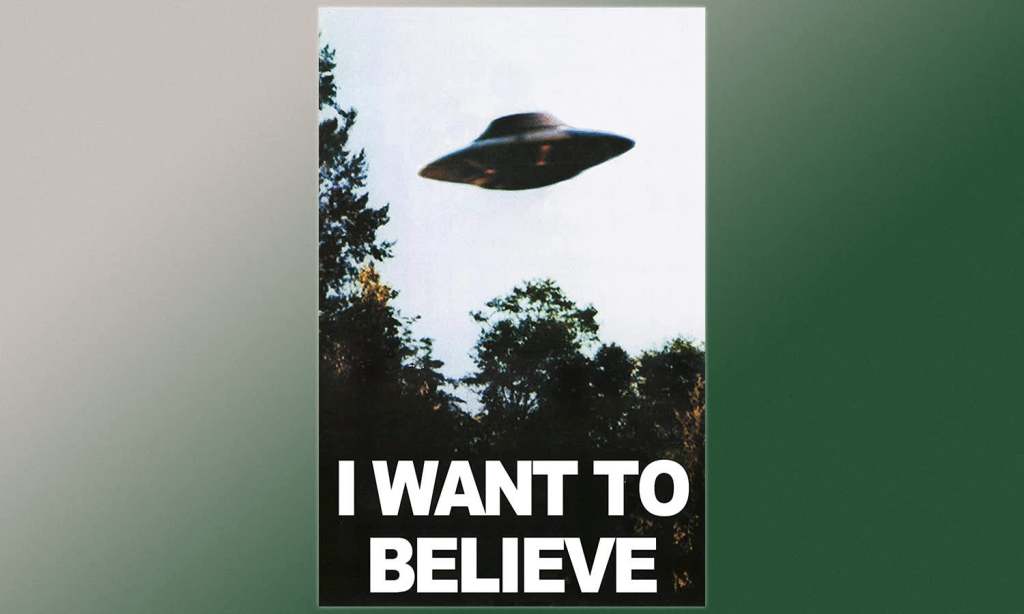NASA has been making some interesting statements of late about the search for extraterrestrial life.
Last week, NASA administrator Bill Nelson said that it’s very likely that we’re not alone in the universe. He was speaking on a live stream with the University of Virginia Centre for Politics when he made the remarks, saying that he “certainly” thinks there are other planets just like Earth out there.
“Who am I to say that planet Earth is the only location of a life form that is civilised and organised like ours?” he said.
To be fair, Nelson is a bit of a UFOlogist himself. Back in June, the US Government revealed that its military had seen 143 mysterious flying objects between 2004 and 2021 that the intelligence services couldn’t explain.
“I’ve talked to those pilots and they know they saw something and their radars locked onto it,” Nelson said.
“And they don’t know what it is and we don’t know what it is. We hope it’s not an adversary here on Earth that has that kind of technology, but it’s something.”
With the search for extraterrestrial life a key focus of many space programmes and scientists around the world, NASA has also recently announced that the global community needs a proper framework for the discovery of alien life if and when that happens.
Writing in the journal Nature, the agency’s chief scientist Jim Green has proposed a scale for evaluating and combining different evidence in the search for life so that we might more easily recognise and identify it.
The scale Green and the team at NASA propose is a seven-step gauge that would be able to give context to discoveries that could lead to proof of life on other planets.
Level one of the scale might be something like chemical signatures that indicate life could be present, like molecules that suggest water may exist. This scale goes up in evidence and certainty, allowing scientists to build upon previous discoveries until reaching level seven, which is an almost certain detection of life.
As science doesn’t work in absolutes and builds on previous information, the need for a stepped approach to making grand discoveries is necessary, the scientists say, in order to make sure that nothing is missed that could lead others to incredible findings.
“Until now, we have set the public up to think there are only two options: it’s life or it’s not life,” said Mary Voytek, head of NASA’s Astrobiology Programme at NASA Headquarters in Washington and study co-author.
“We need a better way to share the excitement of our discoveries, and demonstrate how each discovery builds on the next, so that we can bring the public and other scientists along on the journey.”
The authors emphasise that the scale shouldn’t be seen as a race to the top, but should highlight the need for serious groundwork to build upon minor findings that could lead us to something of real significance.
Nelson also said that NASA itself is constantly looking for proof of life in the universe, especially on Mars. He predicted that the US would land on Mars in the late 2030s and that samples collected there could help us “start to unlock the secrets of was there any life there” in the past.
The NASA plan is designed to ensure public confidence in the search for life and to make it clear what level of certainty scientists are talking about with any new announcements about life elsewhere.
They also note that it is highly likely that life beyond Earth will be discovered, and possible that that discovery could be soon.
“With each measurement, we learn more about both biological and nonbiological planetary processes,” Voytek said.
“The search for life beyond Earth requires broad participation from the scientific community and many kinds of observations and experiments. Together, we can be stronger in our efforts to look for hints that we are not alone.”
Read more stories from The Latch and subscribe to our email newsletter.







